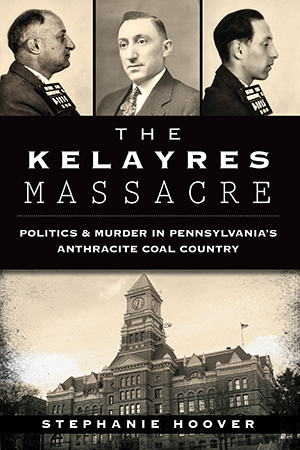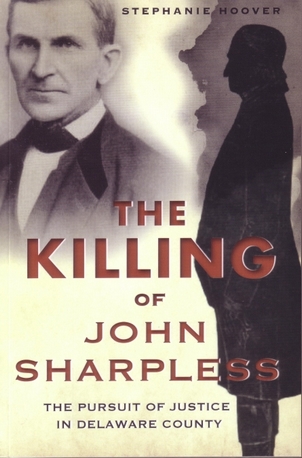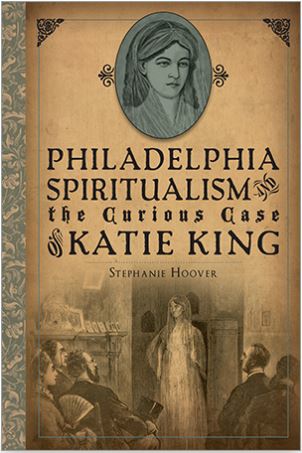The O.R. (Original Records):
A Civil War Researcher's Ultimate Resource
© Stephanie Hoover - All Rights Reserved
Of the multitude of resources available to those researching the Civil War and its participants, it is highly doubtful that any reference work is as comprehensive or as captivating as the series entitled The War of the Rebellion: A Compilation of the Official Records of the Union and Confederate Armies. The O.R., as it's casually known, is a 128-volume set. It comprises 75,000+ pages and to display it requires more than 30 feet of shelf space.
A June 23, 1874 act of Congress called upon the Secretary of War to begin publication of all reports, letters, telegrams and general orders related to the Civil War not already in print. This compilation was to be "properly arranged in chronological order." On June 16, 1880, appropriations were made for the printing and binding of 10,000 copies of the O.R. Of these, 7,000 copies were to go to the House of Representatives; 2,000 copies were to go to the Senate; and 1,000 were slated for the executive departments.
The O.R. is divided into four series:
1st Series - formal reports (Union and Confederate) of the first seizures of United States Property in the southern states and of all military operations in the field; related correspondence, orders and returns; an atlasThe same feature that makes the O.R. so compelling also has the potential to make it factually weaker than other sources. These records are eyewitness accounts of the veterans who fought the Civil War. Sometimes these recollections were recorded almost immediately. Other times they were written days or weeks after a battle or event occurred. Not surprisingly, writers could be partial in their re-telling of events and many had concerns how their actions would be viewed. For this reason, anything uncovered in the O.R. should be fact-checked against other sources.
2nd Series - correspondence, orders, repors and returns (Union and Confederate) relating to prisoners of war, and State or political prisoners
3rd Series - correspondence, orders, reports and returns of the Union authorities not included in the first and second series; annual and special reports of the Secretary of War, General-in-Chief, and chiefs of the staff corps and departments; calls for troops; correspondence between National and State authorities
4th Series - correspondence, orders, reports and returns of the Confederate authorities
Each volume of the O.R. has its own index and volume 128 is a general index to the entire series. It has long been recognized, however, that the indexing efforts of the original printers fell short of the mark of thoroughness. It would have taken a Herculean effort to accurately index every surname, town name and event mentioned in the O.R.; however, an honest attempt was clearly made. Taking Series I, Volume 10, Part 1 as an example we see the index entry "Pennsylvania Troops - Mentioned." Twenty-two page references are listed. One of these references, page 677, tells us that Pennsylvania's Anderson Troop, under the command of Captain Palmer, acted as escort to the Army of Ohio in the Battle of Corinth, and served as couriers and guards. If we cross-reference the index for "Palmer" we see that the Captain's given name is "William J."
On page 914, we read the report of Col. Edward C. Williams, 9th Regiment Pennsylvania Cavalry, who recounts the following of the fighting in Kentucky:
In obedience to orders received from you per telegraph, 6th instant, to proceed to Clinton County, Kentucky, for the purpose of clearing that section of marauding bands, I left Bowling Green that evening (Friday, 6th instant), at 6 o'clock, with five companies of my command. On my arrival at Glasgow next morning at daybreak I learned that Captain McCullough, with 60 men, had been attacked on this side of Celina by 180 mounted men, under Hamilton. Captain McCullough was killed and 4 men seriously wounded; 2 horses killed. One of the men will probably die. Lieutenant Longsdorf who succeeded Captain McCullough in command, routed the rebel force; but finding re-enforcements were coming to support them, thought it prudent to fall back to Tompkinsville and there await an attack. I deemed it my duty to proceed to the assistance of Major Jordan, who, with three companies, was in pursuit of Hamilton.By cross referencing the name "Hamilton" the index reveals the more complete moniker "O.P. Hamilton."
Fortunately for family history researchers, at least two web sites have freely posted the O.R. and both offer search capabilities. eHistory.com offers a text version of the series accompanied by an extensive atlas produced by the Government Printing Office in 1895. There are 175 plates with detailed maps of events covered in the Official Records.
Cornell University's Making of America project offers the ability to view scans of the O.R. page images in sizes up to 400%. And, you can view pages as PDFs or text files.
If you choose to search the O.R. via the web, a word of caution: computers can't think, they can only recognize similarities. For example, nowhere does it mention on page 677 that the Anderson Troop is from Pennsylvania. The compilers of the O.R., however, knew this was the case, hence the indexing. If you do a search for "Pennsylvania Troops" on the eHistory or Cornell web site, you will get exactly that: hits containing the words "Pennsylvania" and "troops." There is nothing intuitive about the electronic search function. You can't beat the human eye and mind - or the original O.R. indexes - in this regard. ~SH


